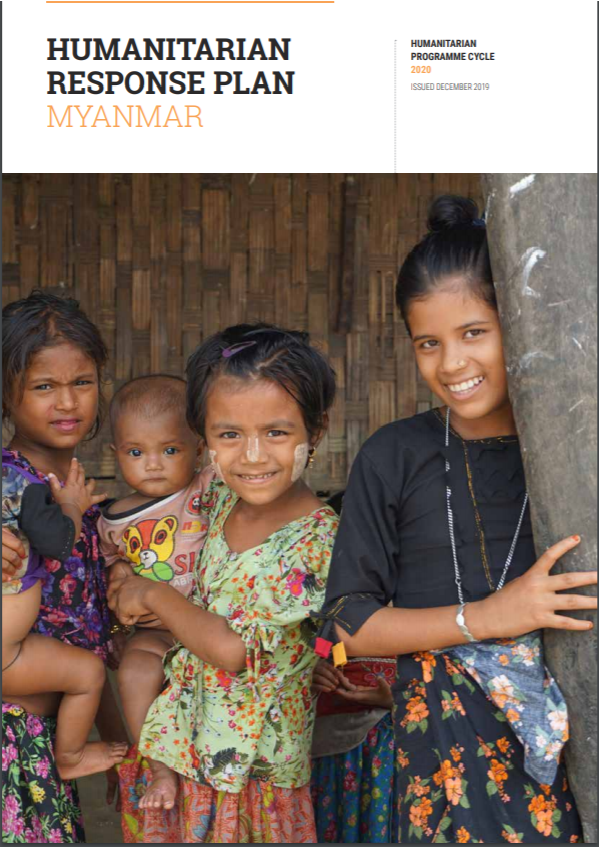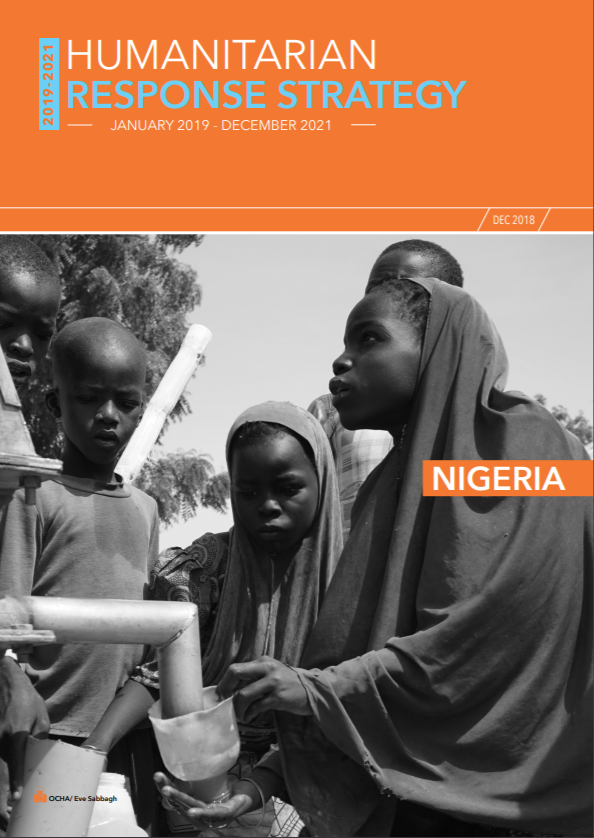Fighting Human Trafficking in Conflict 10 Ideas for Action by the United Nations Security Council

In December 2015, the United Nations Security Council held its frst-ever thematic debate on Trafficking in Persons in Situations of Confict. The Security Council adopted a Presidential Statement that signalled a willingness to explore concrete steps to strengthen the international response to human trafcking, and requested a report from the Secretary-General, within a year, on steps taken within the UN system. There are real practical and political limits to Security Council action on this issue. But there is also now a unique opening for action.To explore these possibilities and limits, on 30 June and 1 July 2016, United Nations University and the Permanent Missions of the United Kingdom and of Liechtenstein to the United Nations organized a two-day workshop, with the support of Thomson Reuters and Grace Farms Foundation.This workshop brought together 100 expert participants from Permanent Missions to the United Nations, UN entities, national law enforcement agencies, Financial Intelligence Units, the technology sector, the financial sector, media and civil society. The Workshop Agenda is annexed to this report.This report distils insights from the Workshop regarding the connections between human traficking and conflict; considers what forms of leverage are available to the Security Council to address this phenomenon; and summarizes the Ideas for Action emerging from the Workshop.
Country
Worldwide
Region
Worldwide
Year
2016
Topics








